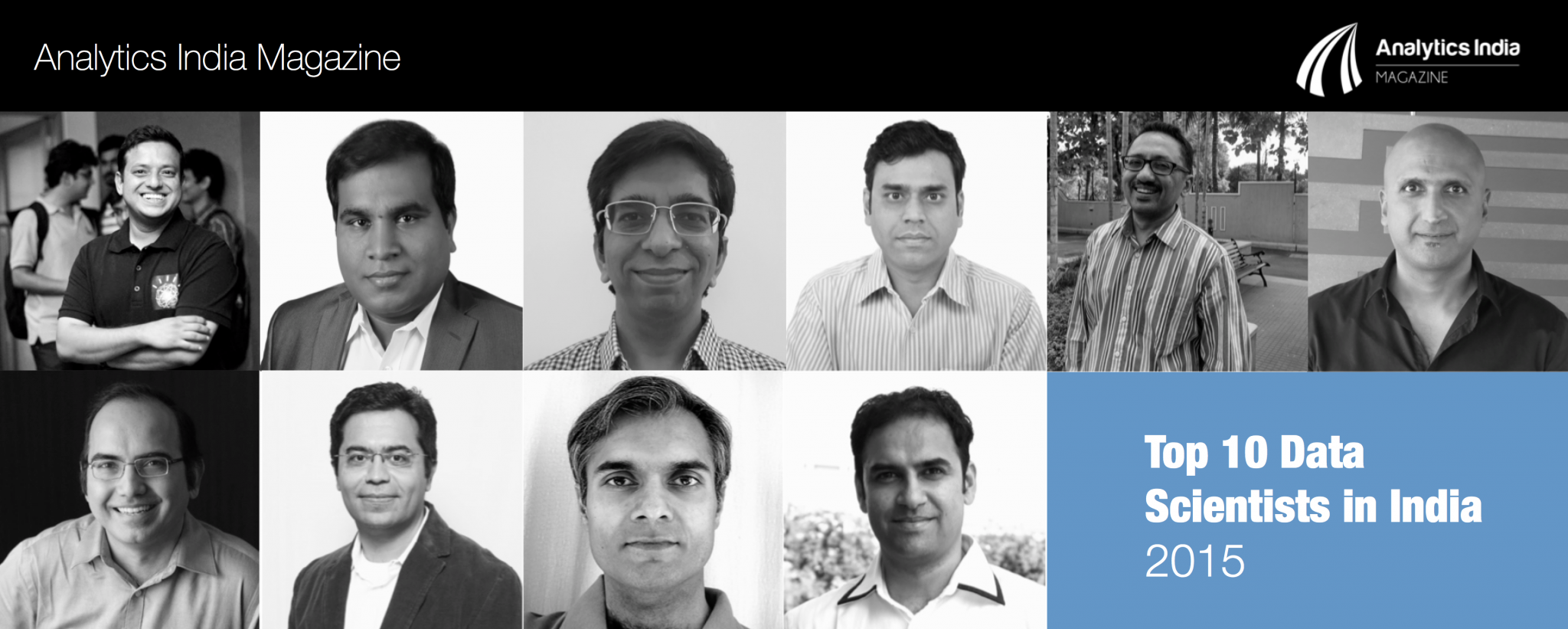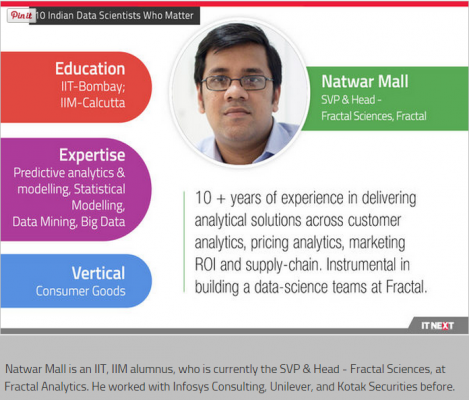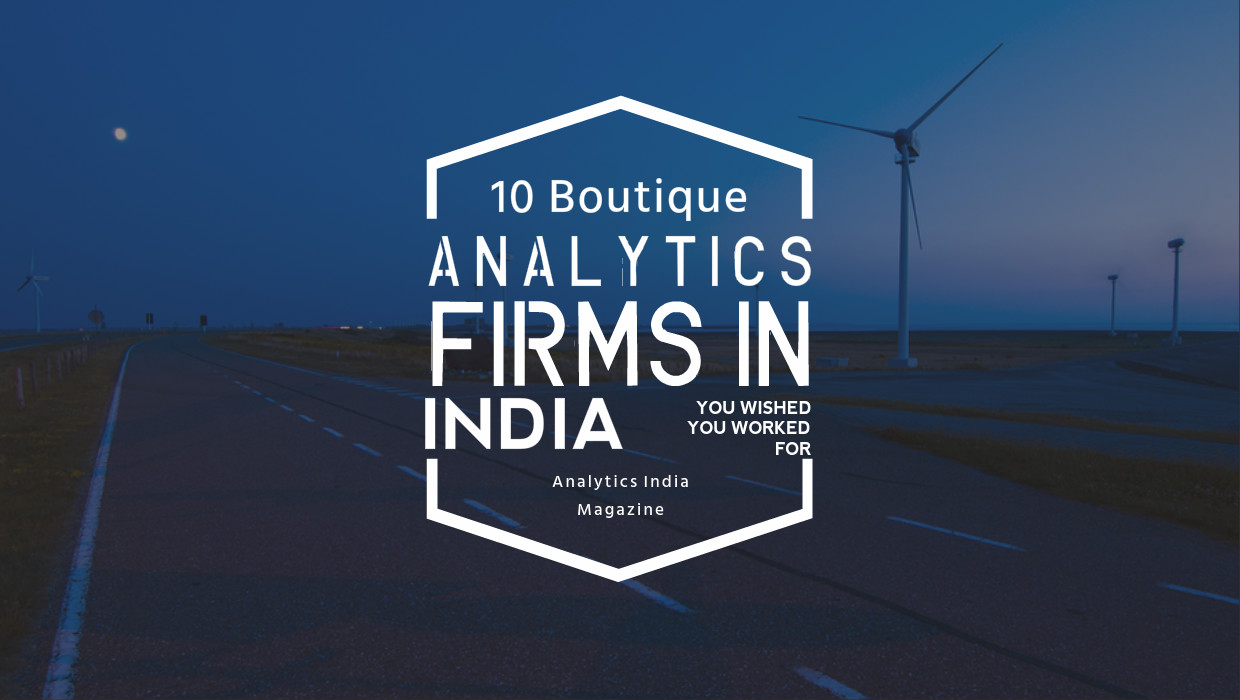
Given the way, analytics as a field have grown in recent years, it is but evident the way many successful analytics service providers have mushroomed recently in India. By our estimate, there are more than 200 boutique Analytics firms, small to medium sized service providers with niche focus on analytics and related fields, operating in India currently. They could be as varied in size as 5 employees to 4000 employee teams. These are also the firms that have seen more growth in analytics space than some of the established players. It is not surprising that analytics is gaining popularity as a career option, and especially among the specialty organizations like the one’s listed below.
Analytics India Magazine carried out a survey in the analytics community to find out the most popular analytics boutiques of 2015 and we have listed them in alphabetical order. We did similar list back in 2013, we leave it to you to compare and enjoy reading.
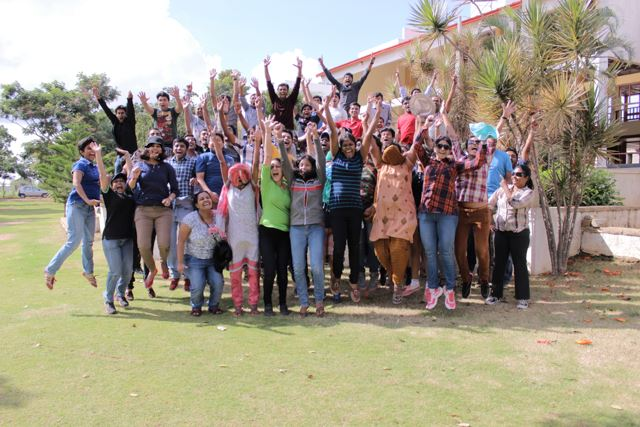
Founded in 2011, Bridgei2i Analytics is one of the fastest growing analytics companies globally. They have a proven track record of building two of the largest analytics set-ups for HP and GE in the past. With offices in US and India, they offer analytics solutions for marketing, sales, supply chain & risk functions to a diverse portfolio of clients across industry verticals, including a number of Fortune 500 companies.
Furthermore, Bridgei2i has a well-balanced and fun work environment where employees get exposure by solving a variety of business problems across functions, industries and geographies using data science, delivered through a perfect blend of technology and services.
“Our focus is to enable sustainable business impact for customers. With the right balance of services and technology accelerators, our managed analytics approach helps customers operationalize analytics and accelerate business impact. With strong domain expertise, technology focus and the right talent mix, we are well poised to among the top global analytics firms over the next couple of years.’’ – Prithvijit Roy, CEO, BRIDGEi2i Analytics Solutions.
Brillio
Brillio is not your typical analytics services firm. With a deep focus on helping businesses imagine and realize the possibilities around data and digital, Brillio Analytics blends the disciplines of big data, predictive analytics and mobility to enable businesses to more effectively compete and win in the marketplace.
Brillio brings domain and functional expertise in retail banking, utilities, consumer packaged goods, retail, technology, and the media and entertainment industries as organizations work to utilize emerging technologies to create new and unique customer experiences, achieve cost efficiencies, and gain competitive advantage.
The company has fueled growth and brought new capabilities to customers with the 2014 acquisition of Marketelligent, an advanced analytics solutions provider, as well as recent investments in Albeado – a software company delivering predictive analytics and causal modeling solutions, and Arundo – a predictive maintenance platform company for asset intensive industries. Brillio is headquartered in Silicon Valley and has offices in Bangalore and Trivandrum.
Blueocean Market Intelligence

Blueocean Market Intelligence is a global analytics and insights provider that assists corporations realize a 360-degree view of their customers through data integration and a multi-disciplinary approach, leading to more sound and better business decisions.
We believe the most effective business decisions come from a synthesis of data streams. Using our 360 discovery approach, we ensure the comprehensive use of all available structured and unstructured data sources, enabling us to bring the best to bear against each engagement. Strong decision support is implemented by a harmonious amalgamation of analytics, domain expertise, engineering and visualization skills.
Many leading companies have benefited from our partnership in terms of financial growth, 360 views of their markets and competition and improved customer acquisition, satisfaction as well as retention.
Blueocean Market Intelligence is part of the Cross-Tab group of companies (Cross-Tab Marketing Services, Informate Mobile Intelligence and Borderless Access Panels) that include more than 1,000 professionals serving the world’s largest companies from offices in the United States, United Kingdom, Singapore, Dubai and India.
Cartesian Consulting

Sandeep Mittal, Founder, Cartesian Consulting
Founded in 2009 by Sandeep Mittal, Cartesian Consulting strongly advocates the power of analytical thinking when it comes to marketing. It’s vision is to be the best blend of marketing and analytical thinking.
Cartesian stands out for its proficiency in the Indian market. It has an exceptionally large and stable client portfolio with more than 40 clients across industries such as retail, eCommerce, finance, hospitality, QSR and others through its offices in Mumbai, Bangalore and Gurgaon. Cartesian is now rapidly taking its practice global with a new team and set up in Singapore to service its clients in the APAC region.
At its core, Cartesian works on customer analytics, marketing analytics, channel analytics, pricing and margin optimization and new advances in digital analytics and mining of unstructured data. The last couple of years have seen Cartesian growing at a very rapid clip and it is now gearing up to build solutions aimed at helping clients adopt Segment of One thinking, as well as democratizing analytics through DIY capability building.
Fractal Analytics
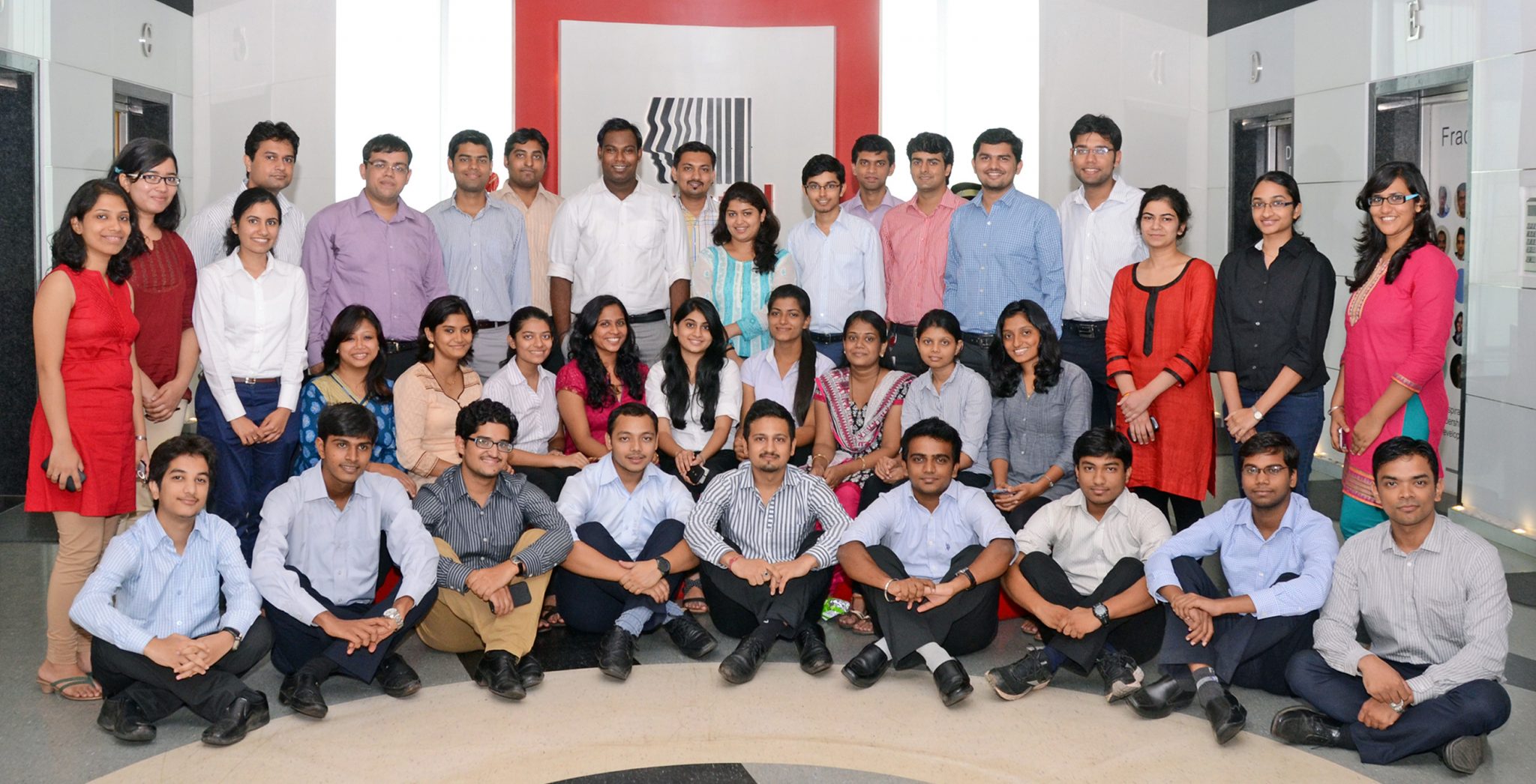
Fractal Analytics is a global analytics firm that helps Fortune 500 companies gain competitive advantage through deep understanding of consumers and making better data driven decisions. They deliver insight, innovation and impact through predictive analytics and visual storytelling.
Fractal Analytics has 900 people in 12 global offices around the world serving clients over 100 countries. The company has earned recognition from industry analysts firms, and has been named one of the top five “Cool Vendors in Analytics” by Gartner. The company is also featured in Business Today’s “Great Place to Work” issue.
Recently, Fractal Analytics acquired an artificial intelligence startup to further strengthen its IP in the area of Customer Genomics®. This is its second acquisition this year. Earlier, Fractal acquired Mobius Innovations, a context awareness platform that gathers information such as geolocation and open social media data and sentiments to strengthen customer intelligence to deliver personalized and contextual offers in real-time on mobile devices.
Gramener
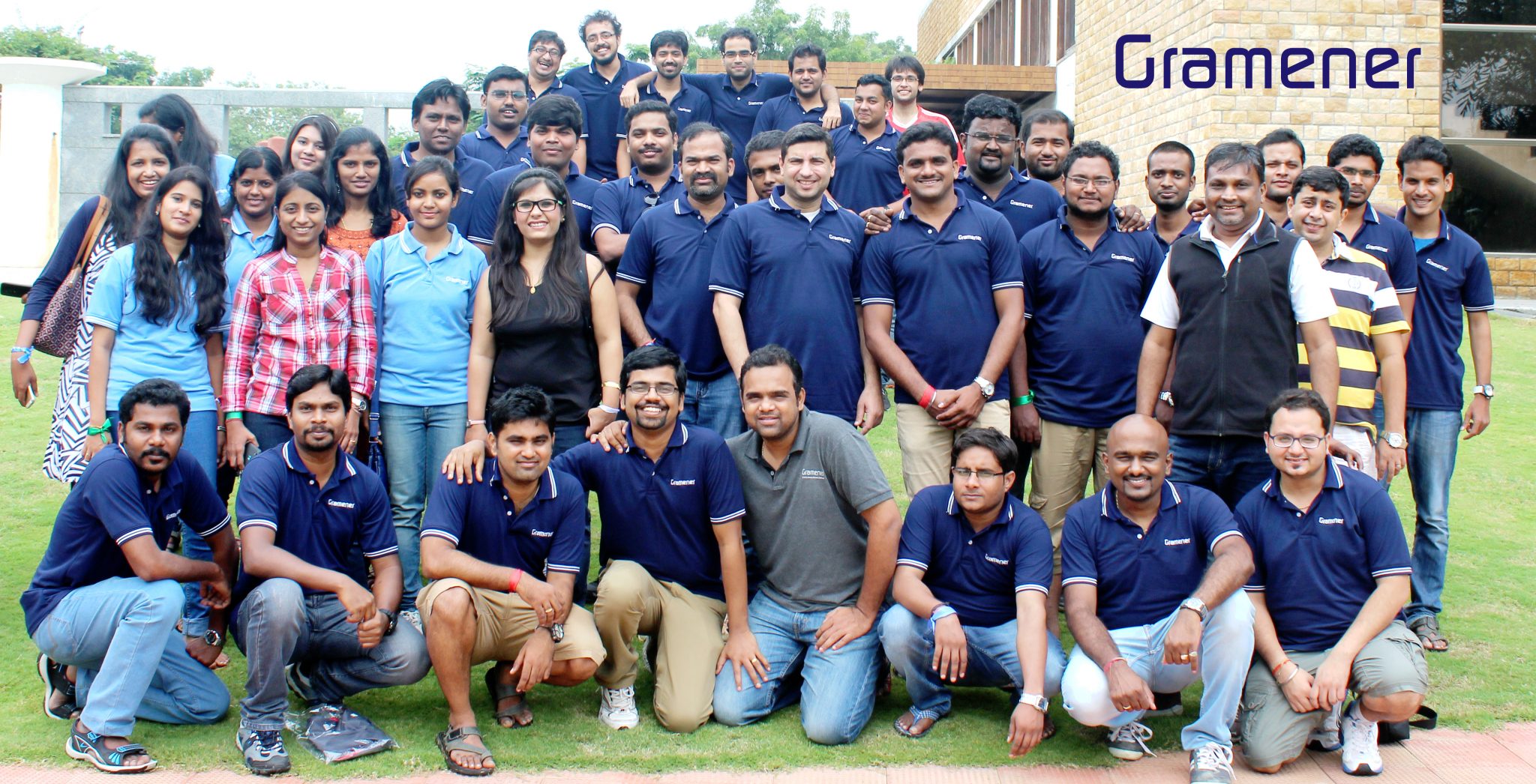
Gramener is a data visualization and analytics company – Founded in 2010 by Ex-IBM and BCG leaders, addresses essential need of making the “consumption” of data – simpler, coherent across organizations and rapid.
Gramex: Data Visualization Platform (patent pending), is a flexible visual product builder with built in data connectors for major data sources (SAP, Teradata, SQL, Hadoop etc.) Gramex platform is the only Automated Analysis, scalable visualisation offering in the market with an ability to process arbitrarily large data real time on multiple servers.
With offices in California, Hyderabad & Bangalore, Gramener today has 70+ clients spread across Pharma, Media, Telecom, BFSI, Retail, Healthcare, Airlines ,Manufacturing, Education and Public Sectors who are served by 100+ Smart Data enthusiasts to solve complex business problems.
They are pioneers of Data Visualization in India and have been ranked 8th in Deloitte 50 Fast Technology Companies of India 2015. Moreover, they have won Lufthansa Pioneering Spirit – 2012, and were recognized as pioneers of tomorrow by Lufthansa, Canaan Partners & TiE-NCR. Additionally, the are recognized as “Top 50 Emerging” Companies in startup category by Nasscom.
Hansa Cequity
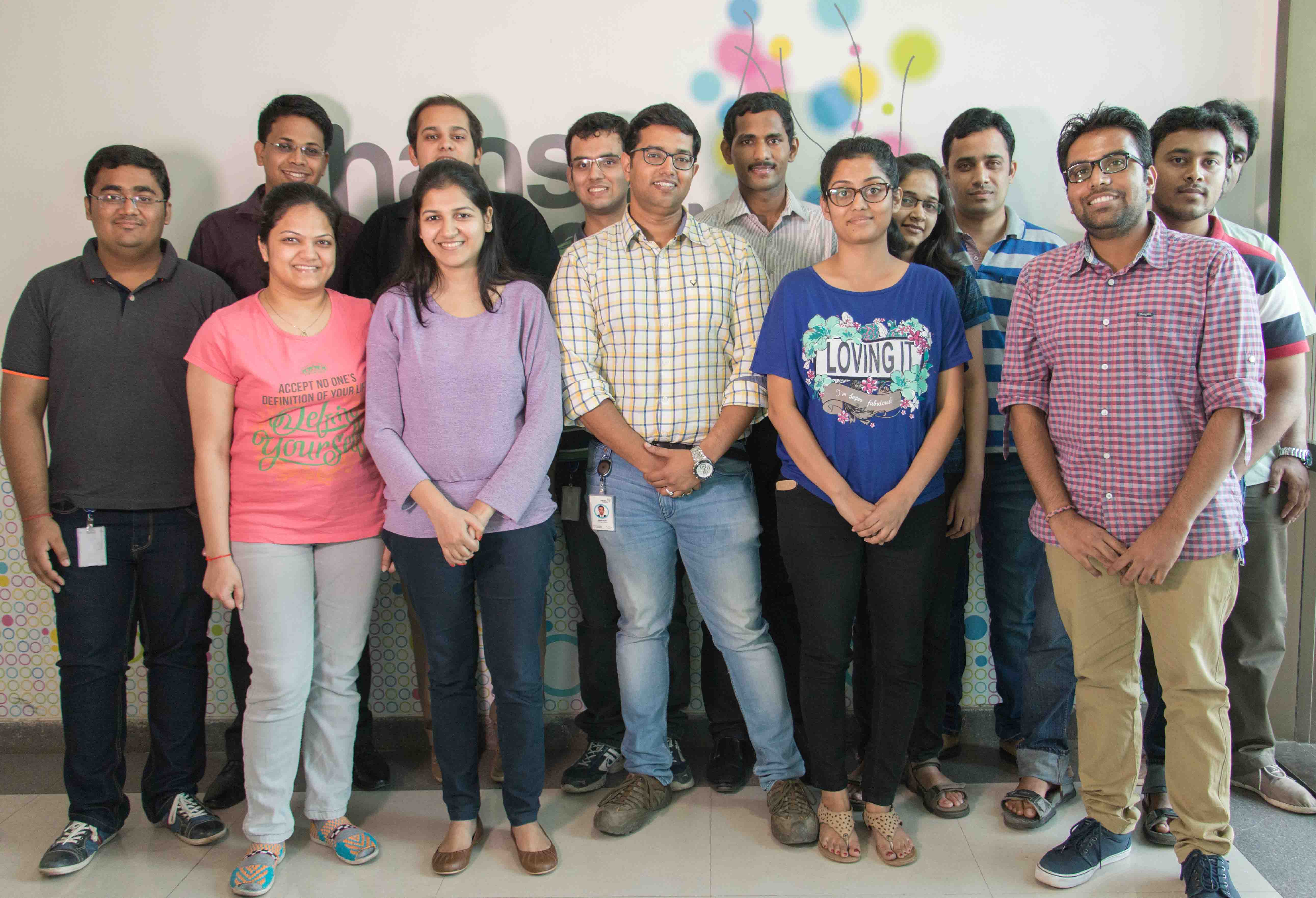
Hansa Cequity brings years of customer marketing thought leadership to all their clients. Their team of 400+ strong professionals bring experience in business, customer strategy, marketing, data management, analytics, digital campaigns management and social media to help develop customer-centric marketing strategy and implementation processes.
Over the last 8 years, Hansa Cequity has developed business expertise coupled with a passion for customer focus to provide clients an intelligent platform to reach all their customers individually and optimally.
The company has people with diverse skills. Hansa Cequity’s technology and data specialists have the tools to work with big data, build proprietary data cleansing algorithms, create data transformation methodologies and vertical-specific data models and dashboards. The team of analysts at Hansa Cequity help derive insights to provide on-demand analytics to help their clients make intelligent decisions.
Exclusive to Hansa Cequity, are its digital marketing and campaign specialists who create and deliver innovative ideas that can be measured. The company has been credited with building some pioneering models in Predictive Analytics and the power of their analytics work has been featured in technology and marketing publications and also presented at the Predictive Analytics World Conference.
MaFoi Analytics
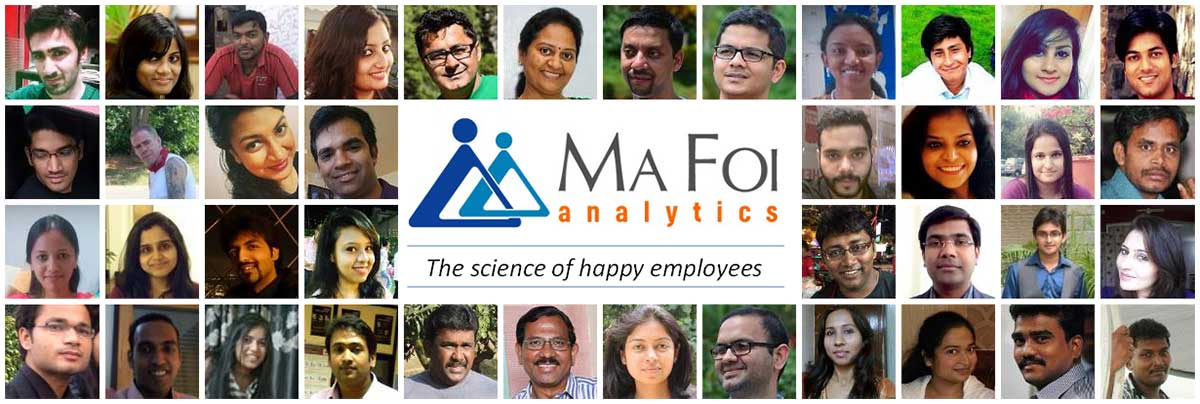
Ma Foi Analytics is a leading-edge innovator in advanced analytics solutions, serving varied clients across India, US, Singapore & the Middle East.
Headquartered in Bangalore and with an office in Chennai, we are powered by a team of 50+ passionate professionals ranging from data scientists and statisticians to marketing strategists and industry experts, who collaborate seamlessly to produce relevant and impactful outcomes for our clients.
We help our clients unlock value everyday with our domain-centric, outcome-oriented approach combined with our cutting-edge data science and proprietary big-data technology to turn business challenges into opportunities.
Ma Foi Analytics has been conceived by renowned entrepreneurs and experienced practitioners across organizations like GE, HSBC, TNS, IBM, Infosys, Capital One, Barclays, Genpact and Oracle. We are driven by a mission to help our clients become intelligent enterprises who not only leverage analytics to make better decisions but who also embrace analytics as a way of life in their organizations.
For our unique vision and pioneering work in the field, Gartner recently named us as a representative vendor in the June 2015 Market Guide for Advanced Analytics Service Providers, featuring 36 of the foremost advanced analytics providers in the world.

Atul Jalan, CEO, Manthan
Manthan is a Bangalore based company operating in the worldwide marketfor analytics software products. Founded in late 2013 by lifelong entrepreneur and CEO Atul Jalan, Manthan’s aim was to transform the role of analytics from decision support to decision making.
Their ability to bring together a unique combination of capabilities – deep understanding of business contexts, statistical sciences and analytics technology – has enabled Manthan to create the most comprehensive range of analytics products for the retail and cpg industry over the span of a decade. Which is recognized worldwide by leading industry analysts and over 200 clients.
The rise of digitalization and consumer-led technologies (social, mobile, analytics, cloud, and internet of things) have created new market opportunities for Manthan in creating disruption and customer value in the cloud computing and big data analytics market. ‘Consumerization of Analytics’is what Manthan believes will revolutionize the analytics market and in the next 3-5 years, Manthan intends to position itself as the global leader in analytics and analytics-driven applications market across industries.
A recent investment round of over $60mn in Manthan underlines their market success and potential of their unique, highly differentiated product innovations.
Tiger Analytics

In the year 2011 in Silicon Valley, California, a strong team of data science researchers and practitioners led by Mahesh Kumar (MIT, IIT-B) and Pradeep Gulipalli (UT Austin, IIT-M) founded Tiger Analytics. Since then it has emerged as a leading provider of data science and data engineering solutions to businesses worldwide and have a grown as a team of highly qualified and experienced professionals working from their offices in India (Chennai) and the US (San Jose, Chicago).
Today, Tiger Analytics is one of those few companies in India who have most of their consulting work in the domain of predictive analytics and machine learning space. They have signed up with many marquee clients across industries.
Their office is full of positivity and they have a well balanced work environment. A heavy focus on learning, an employee-friendly culture, and emphasis on life beyond work, make it a great place to work, which is also reflected in their attrition rates that are well below the industry average.











